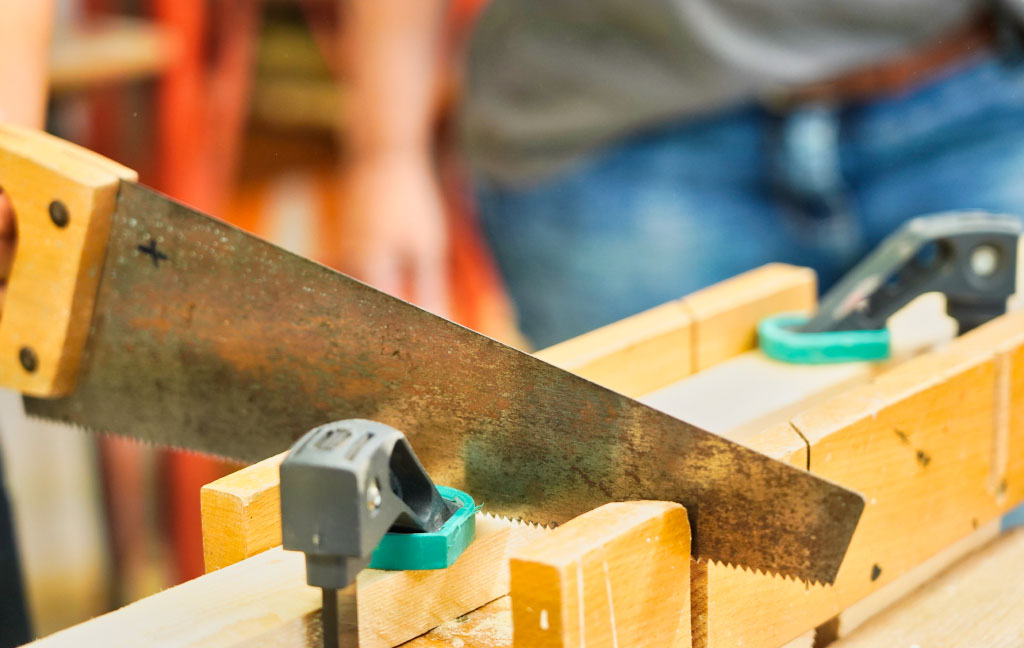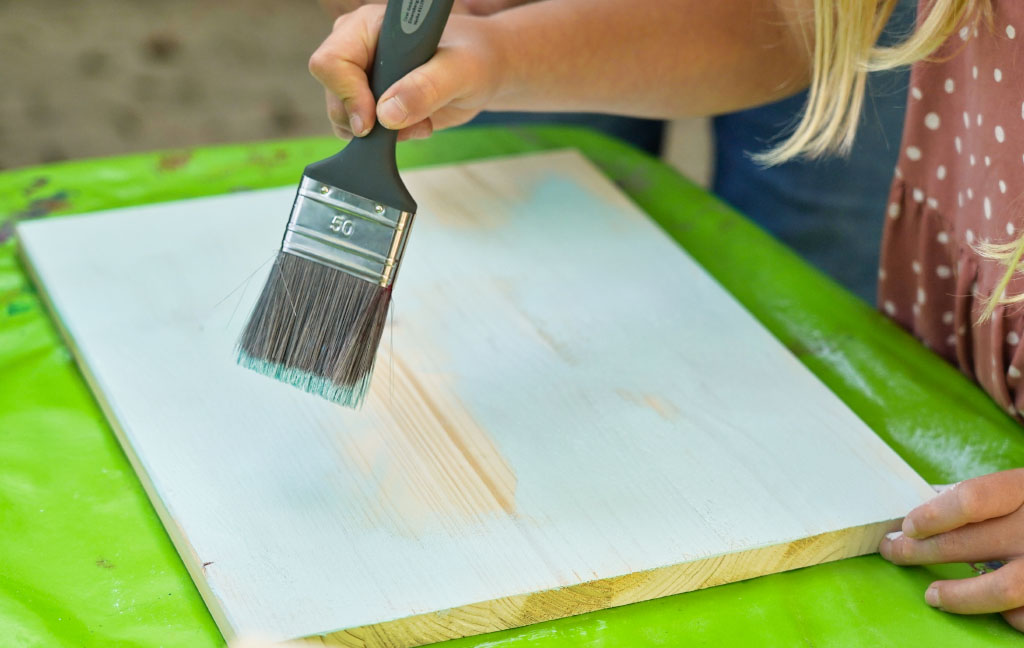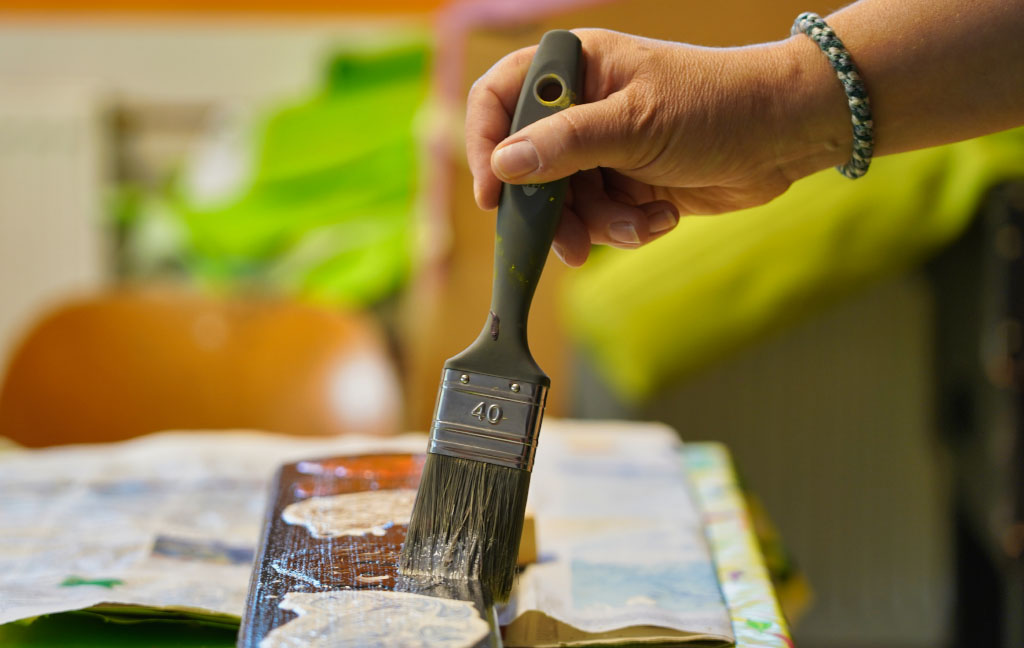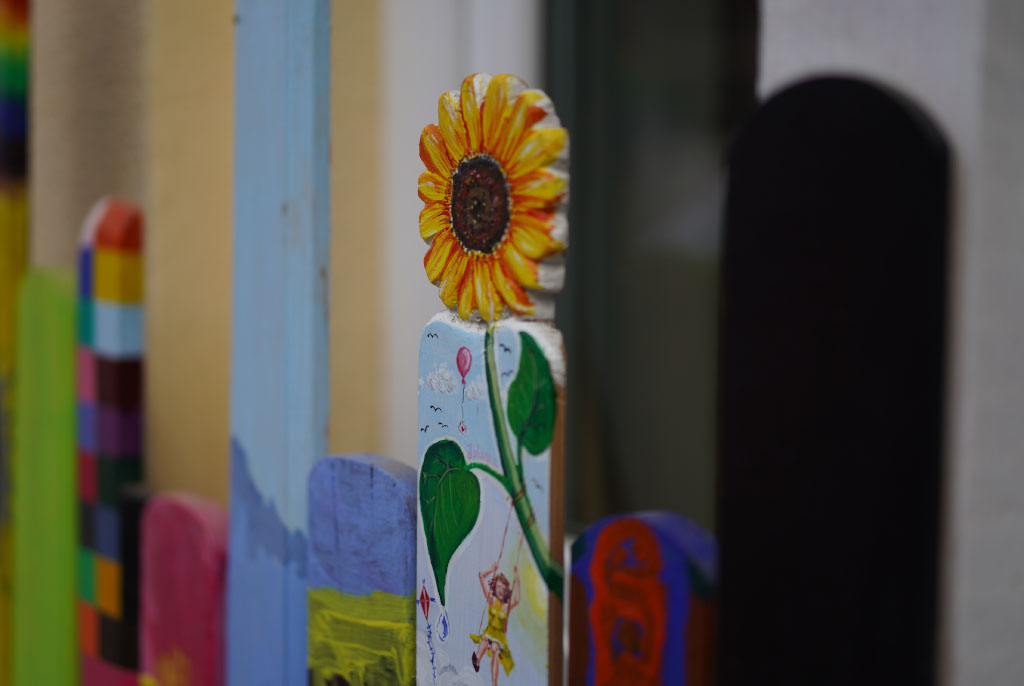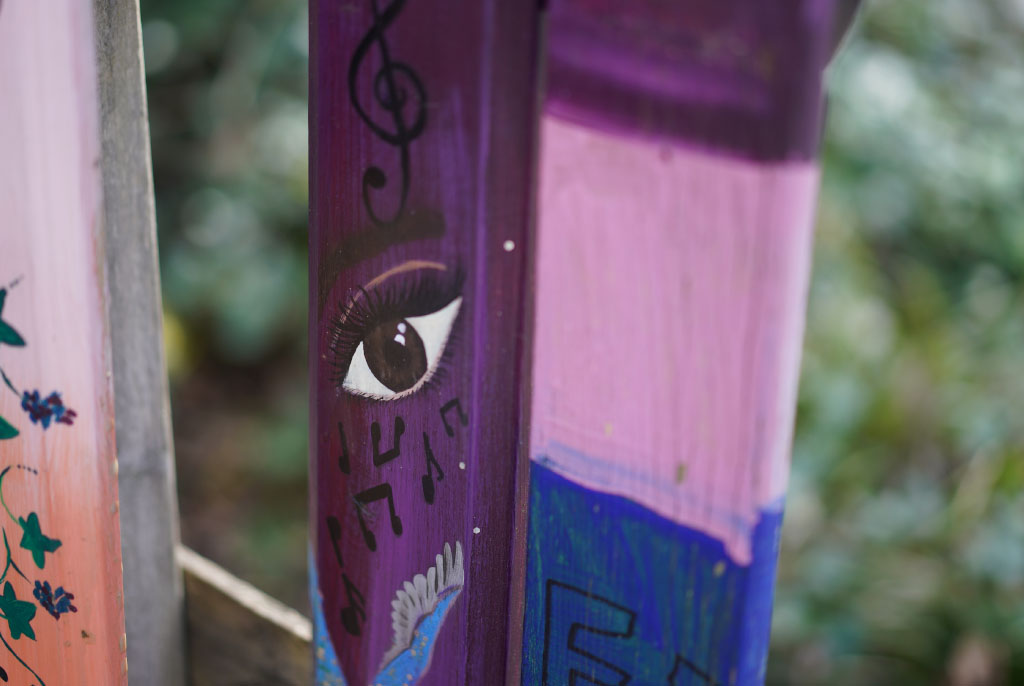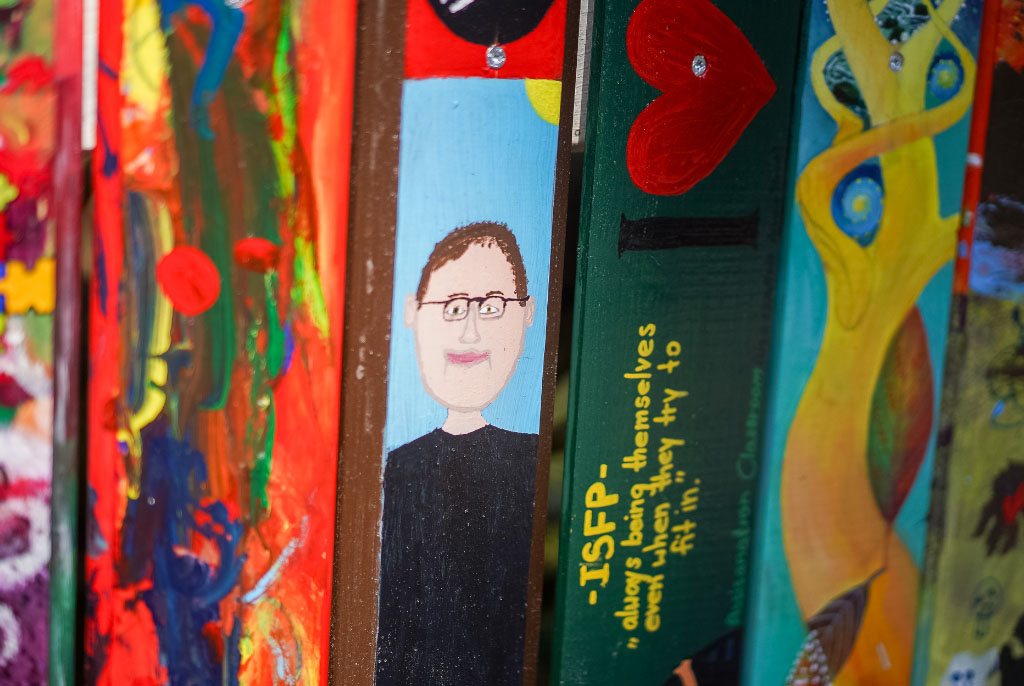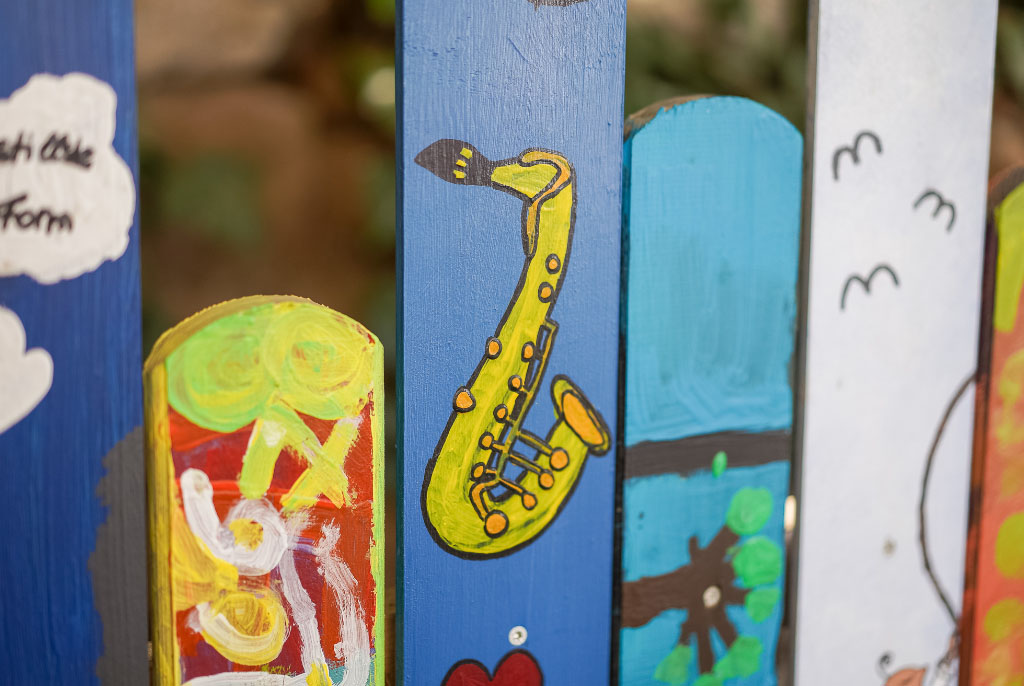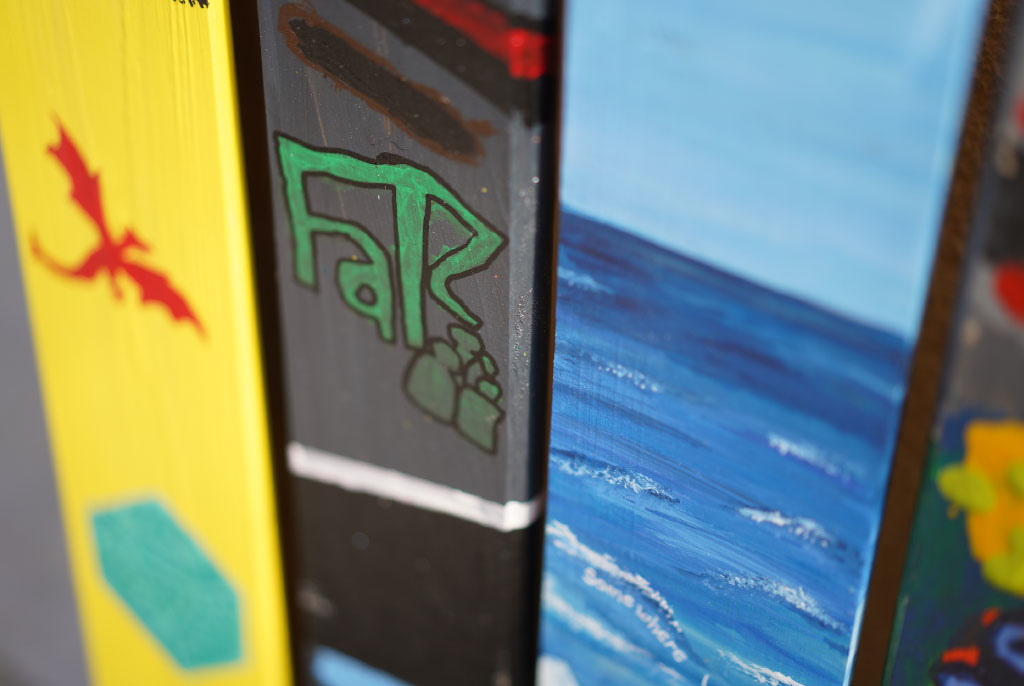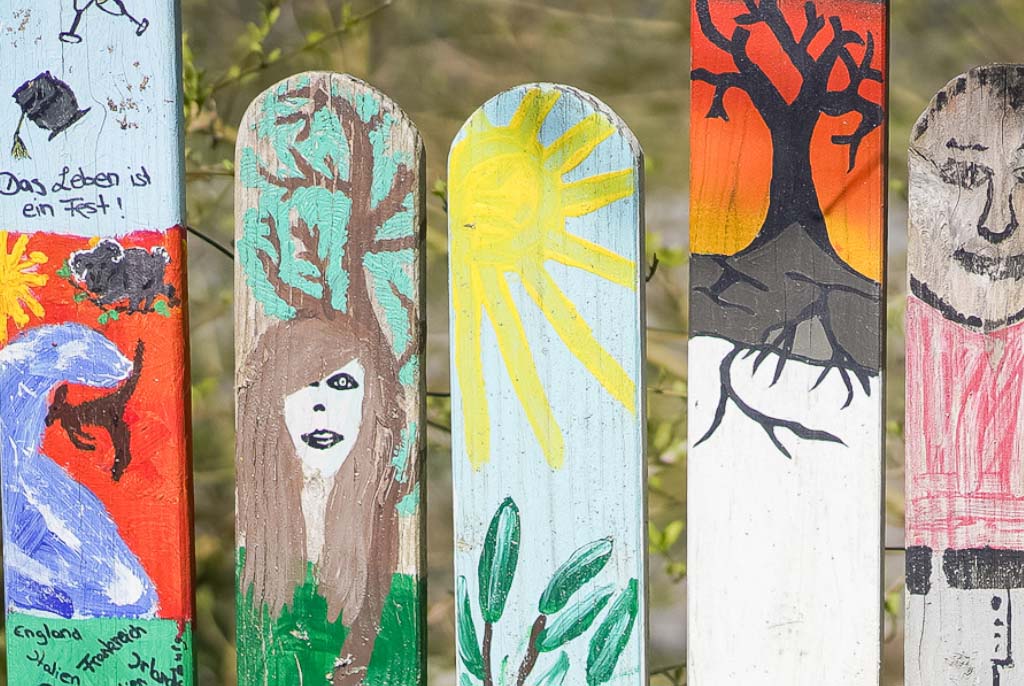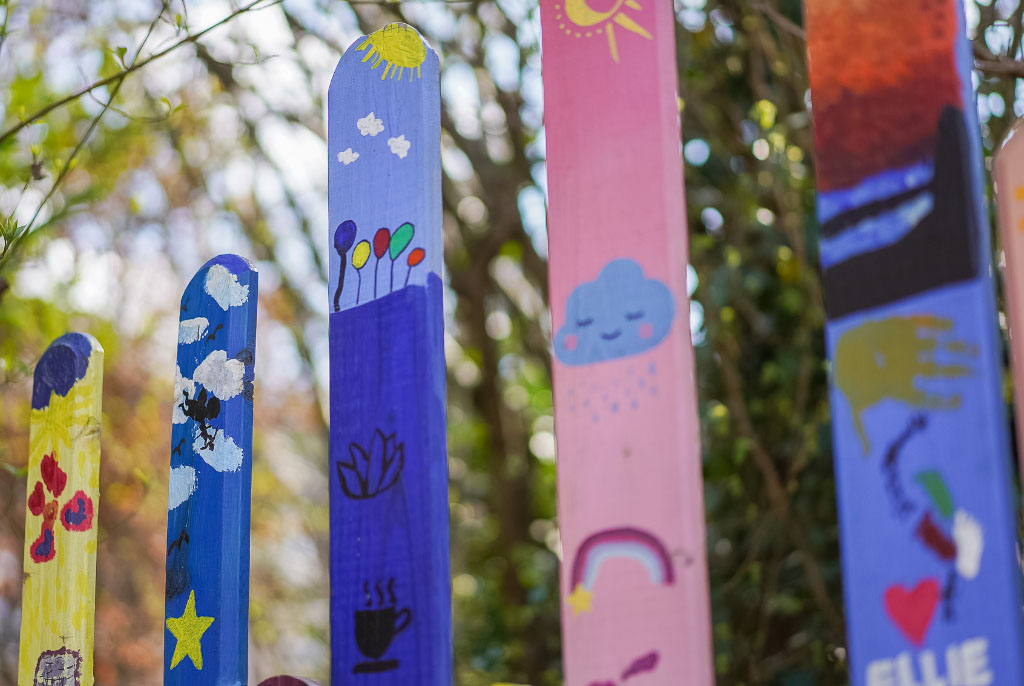Living Museum Neckargemünd
LIVING MUSEUM NECKARGEMÜND
Family Therapeutic Center (FaTZ)
Founded at the end of 2024, the Living Museum FaTZ Neckargemünd has found its place in close proximity to the FaTZ facility in Neckargemünd. Here, people are free to move and act autonomously, taking responsibility for themselves and their environment. They make the space their own, develop within it, and everyone is encouraged to participate. The Living Museum FaTZ Neckargemünd is a space free from conventions, where every voice matters and all are included in the process.
The Living Museum concept offers compelling pathways to healing. Its approaches and methods go beyond traditional art therapy, and its broad therapeutic impact is confirmed by many years of practical experience. The focus is not on combating symptoms but on promoting authentic art created by people with mental health challenges.
OPEN STUDIO
Open Studio
Every Monday, 4:00 PM – 7:00 PM
Our studio is open every Monday from 4:00 to 7:00 PM. Everyone is welcome to try creative materials, follow their impulses, or just drop by. The first session of the “Open Studio” will be on Monday, July 7, 2025, from 4:00 to 7:00 PM in the FaTZ outbuilding (to the right of the driveway) in Neckargemünd, continuing weekly on Mondays during these hours. A brief advance registration is required.
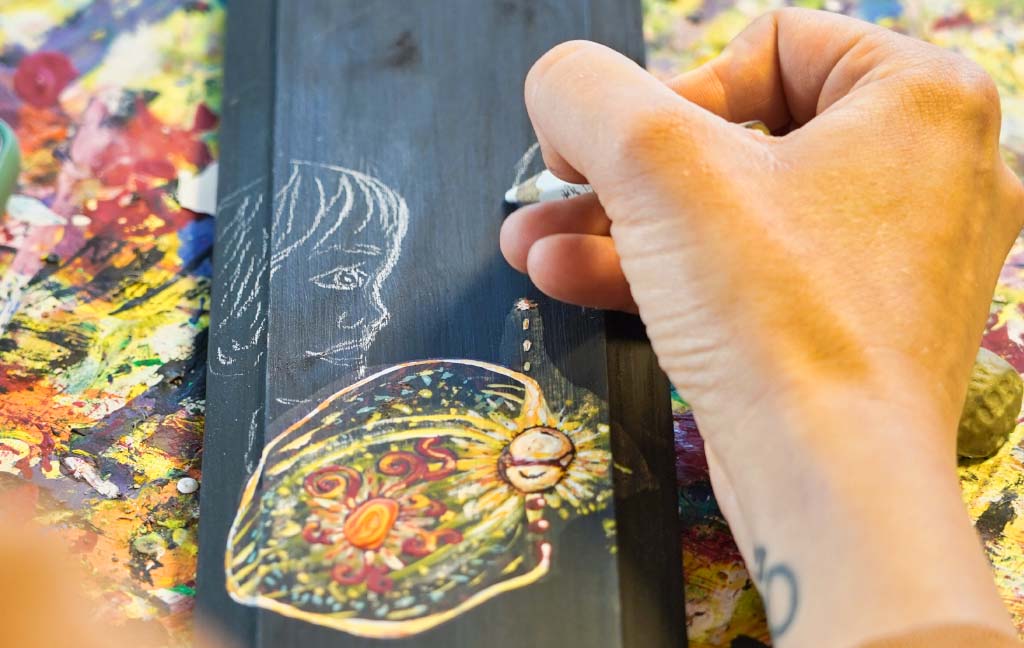
FILM & FATZ
Film & FaTZ
Becoming Niki de
Saint Phalle
November 3, 2025, 7:00 PM
In cooperation with Gloria & Gloriette / Kamera Art Cinema Heidelberg, the Family Therapeutic Center Neckargemünd cordially invites you to a special screening of Becoming Niki de Saint Phalle on November 3, 2025, at 7:00 PM. Tickets are available in advance at the Gloria cinema website.
A SPECIAL FORM OF SOCIAL COMMUNITY
A Special Form
of Social Community
The Living Museum plans to use two prominent exhibition rooms in the local museum for Living Museum artwork exhibitions and special exhibitions. Participatory activities for interested citizens during events such as “Evening Stroll” and “Living Neckar” are planned and play an important role in building connections between the artists and the city’s population.
The Living Museum FaTZ Neckargemünd has been warmly welcomed by the city of Neckargemünd, represented by Mayor Jan Peter Seidel and Dr. Hettinger from the City Museum. This positive reception confirms that the Living Museum will find a lasting place within the local community.
Visitors experience how people with intense psychological experiences develop into artists in a creative environment. In an atmosphere of community, solidarity, and openness, their artistic potential becomes visible and appreciated. Regularly changing exhibitions featuring works by Living Museum artists are planned in the City Museum. Selected artists will be supported in preparing these exhibitions—initial steps are already underway. Furthermore, the City Museum sees potential for joint exhibitions showcasing activities of the Living Museum and FaTZ within a historical overview of all such institutions in Neckargemünd.
Concept
The Living Museum is based on the idea of a performance where everything is in flux and constant transformation. Both its members and their works are always growing. Individual traits that might make someone an outsider in society are celebrated here and provide an advantage in creating art. The high artistic potential of people with intense psychological experiences is recognized and publicly exhibited. The Living Museum reverses the usual idea of integration: it is not the mentally ill who must reintegrate into society, but society that integrates into the Living Museum and begins healing from there. The Living Museum concept offers pathways to healing, promotes high quality of life, is cost-effective, and requires minimal supervision.
DISTINCTION FROM ART THERAPY
Distinction from Art
Therapy
Art therapy is a form of therapy using artistic materials and methods based on various approaches. In the Living Museum, art created by people with intense psychological experiences is promoted and exhibited internationally. The place embodies all ten principles of the recovery philosophy.
THE CONCEPT OF ART
THE CONCEPT OF
ART
This does not say anything about quality. It only says something about the fundamental possibility that exists in every human being. (...) I define the creative as the artistic, and that is my concept of art.
Joseph Beuys
With his statement, "Everyone is an artist," Beuys transformed Novalis’ phrase "Everyone can be an artist" from a possibility into a fact, raising awareness of the creative power within each individual, rooted in one’s thinking.
Beuys’ extended concept of art is not merely theoretical but a fundamental formula of existence. He believed that everyone is capable of creativity, possessing innate, world-shaping creative abilities. He expanded the concept of art to include the work environment, leading to the idea of “Social Sculpture.” A Social Sculpture is always malleable and only freezes when thinking stops—when one becomes mentally lifeless.
Beuys calls for the creativity and active participation of all people to transform and improve social community. He views sculpture not as a physical object but as something universal—human thought itself is sculpture. Unlike formal art, Social Sculpture is concerned with a process of social transformation. According to Beuys, a societal healing process begins through irritation, which he calls the "warmth character." This means, like bees in a hive working for and with each other, every person should work for others and not only for themselves (Samantha Staub).
THE FOURTH GREAT REVOLUTION IN PSYCHIATRY HISTORY
THE FOURTH GREAT
REVOLUTION IN PSYCHIATRY HISTORY
The philosophy of the Living Museum was presented in 2016 at the WHO conference in South Korea as the fourth major revolution in the history of psychiatry.
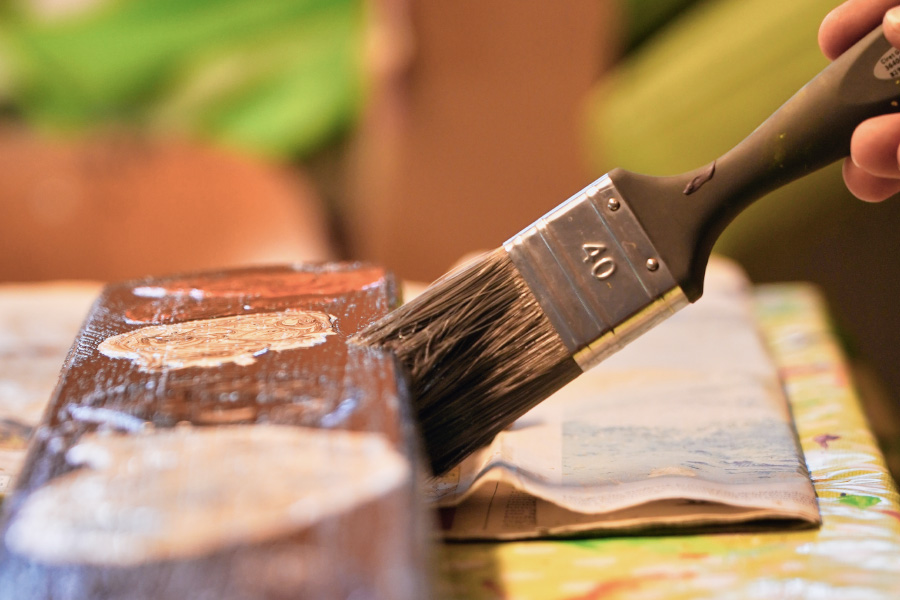
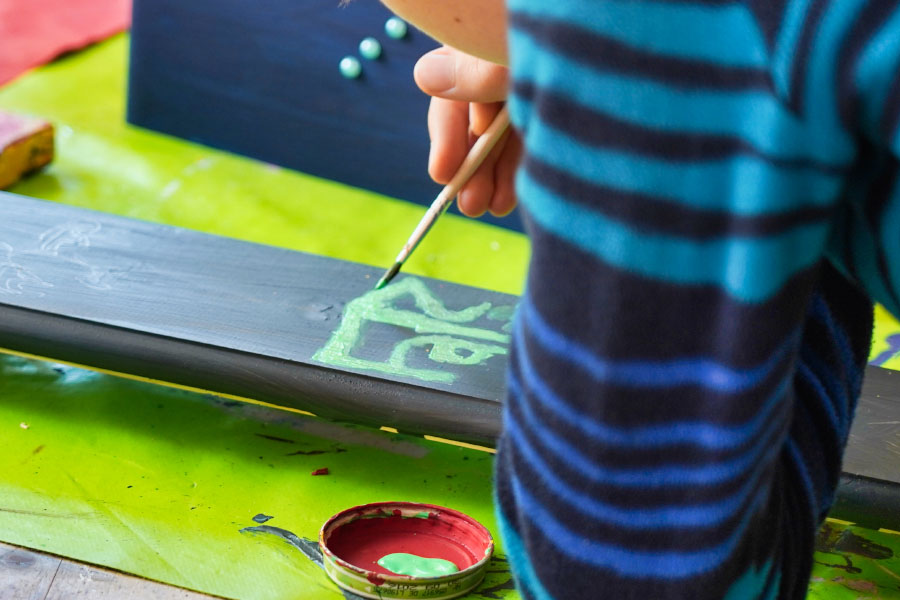
PORTEUR
Le porteur de ce mouvement est l’association Living Museum Suisse. L’association Living Museum a été fondée le 8 juillet 2013 par Magdalena Steinemann, Rose Ehemann — qui ont collaboré dans les Living Museums de Wil et New York — ainsi que Daniel Schwarz, directeur du centre de jour des Heimstätten à Wil. L’association à but non lucratif, basée à Wil en Suisse, a pour but de promouvoir l’idée du Living Museum (musée d’art et lieu de travail pour personnes atteintes de troubles psychiques, personnes âgées ainsi que des artistes) et de développer des projets Living Museum.
DIFFUSION
Diffusion
L’Atelier Living Museum à Wil, en Suisse, est le deuxième Living Museum existant (fondé en 2004). Ensuite, sont apparus les Living Museums à Bennebroeg (Pays-Bas) (2008), Yongin (Corée) (2016), Lyss (Suisse) (2017), Tbilissi (Géorgie) et en Indonésie (2018). D’autres Living Museums en Suisse, comme le Living Atelier Olten et le Living Museum Zürich, sont en cours de création, ainsi qu’aux Pays-Bas, en Espagne et en Autriche.
Living Museum Alb à Münsingen-Buttenhausen
Avec le Living Museum Alb, le premier Living Museum d’Allemagne a été fondé en 2020. C’est « un lieu inclusif, un lieu de participation et de rencontre : les différents espaces sont dédiés à la peinture, au dessin, à la création en trois dimensions, au théâtre et à la performance, à la musique et à la poésie. Les artistes travaillent avec la langue, les couleurs, les sons et l’expression. Sur plusieurs étages, une œuvre authentique prend forme et est présentée dans des expositions temporaires et lors d’événements. »
Projet AWO Living Museum à Potsdam
Le projet AWO Living Museum à Potsdam « est un atelier ouvert aux personnes avec ou sans handicap. En même temps, c’est un musée d’art moderne. À l’intérieur du Living Museum règne une atmosphère sans stress, soutenante et valorisante. Ici, les personnes souffrant de troubles psychiques et/ou physiques peuvent exercer une activité autonome et significative. Les amateurs d’art sont également les bienvenus pour apprendre différentes techniques artistiques et développer leur créativité. »

